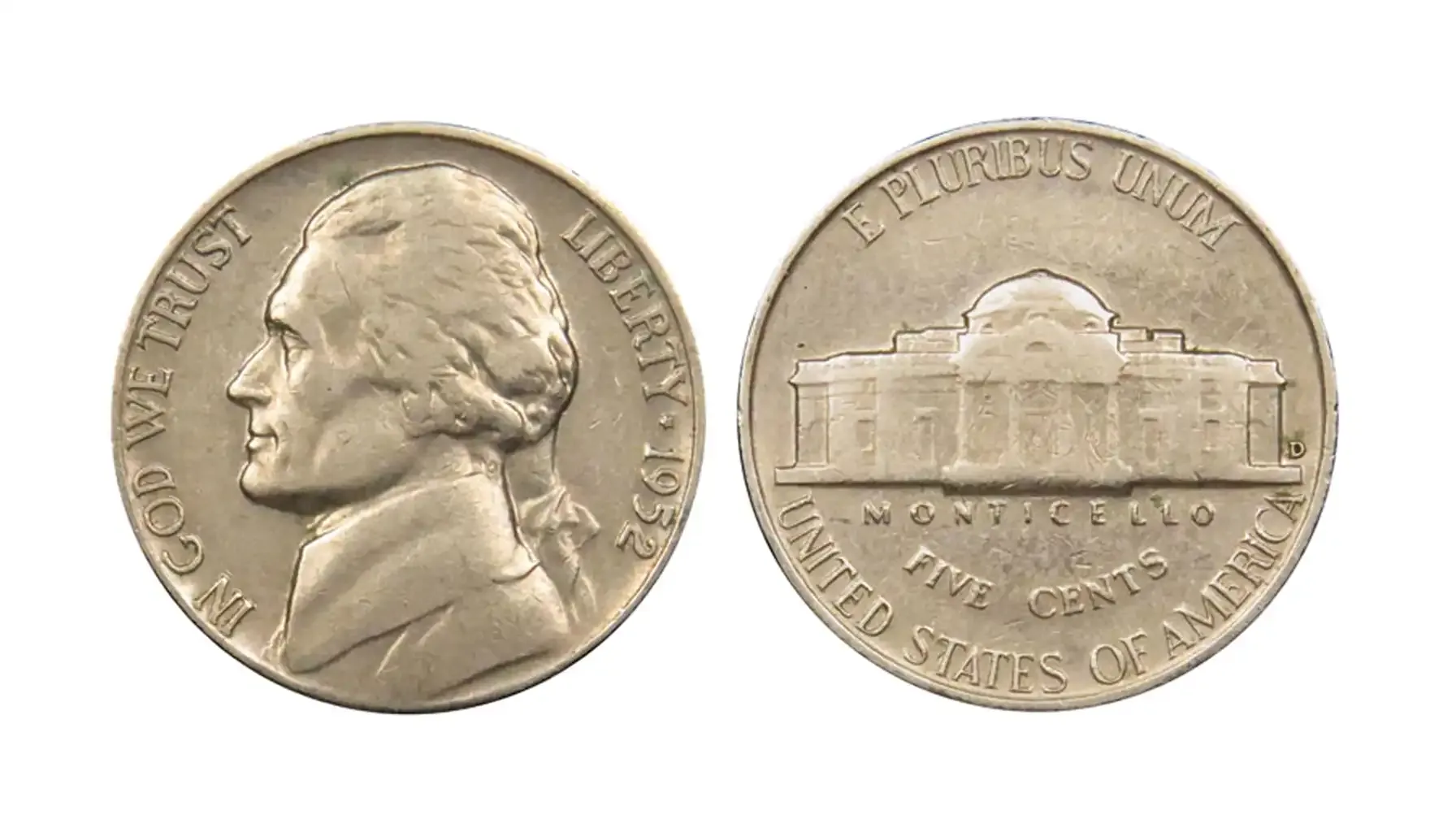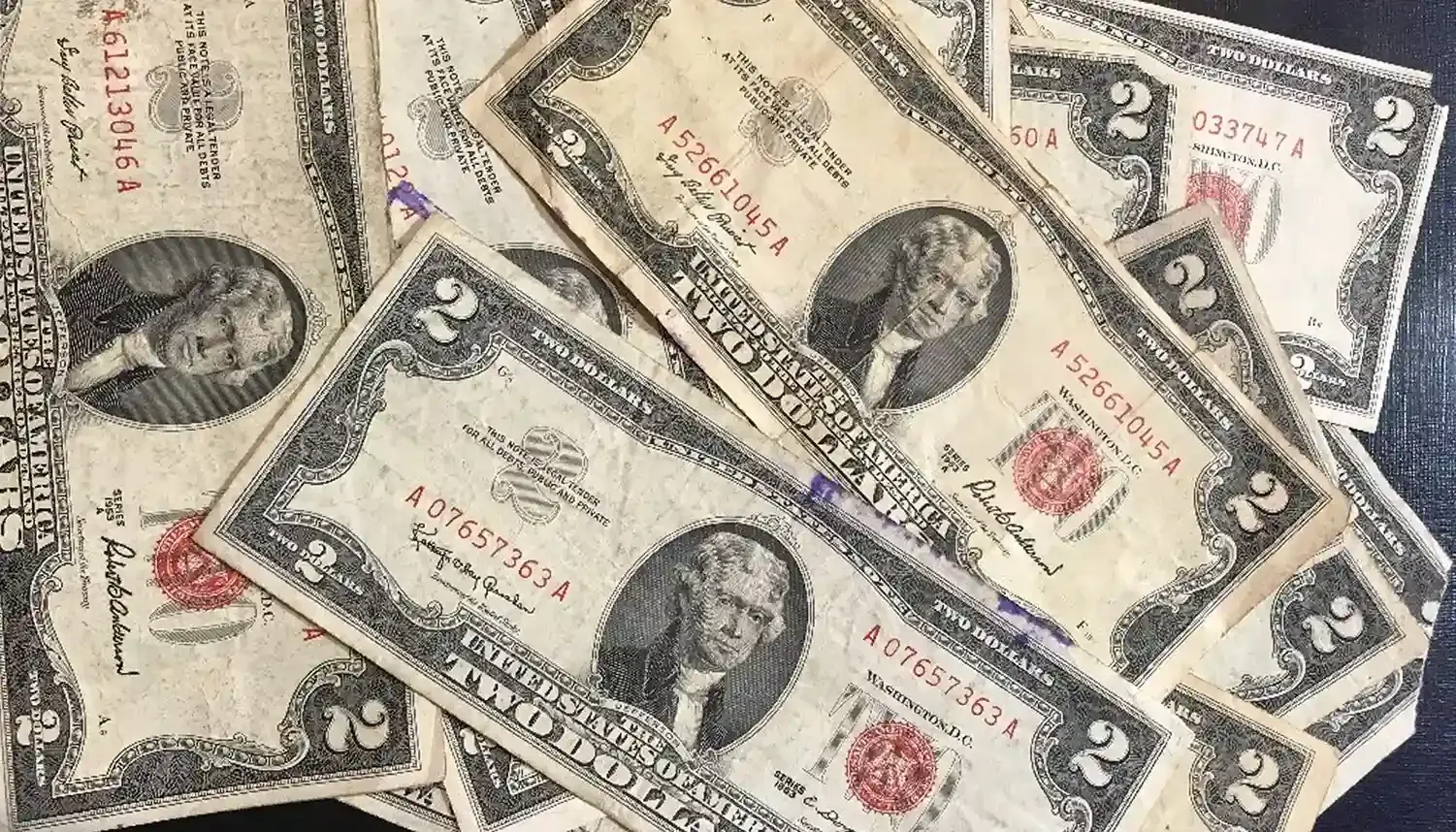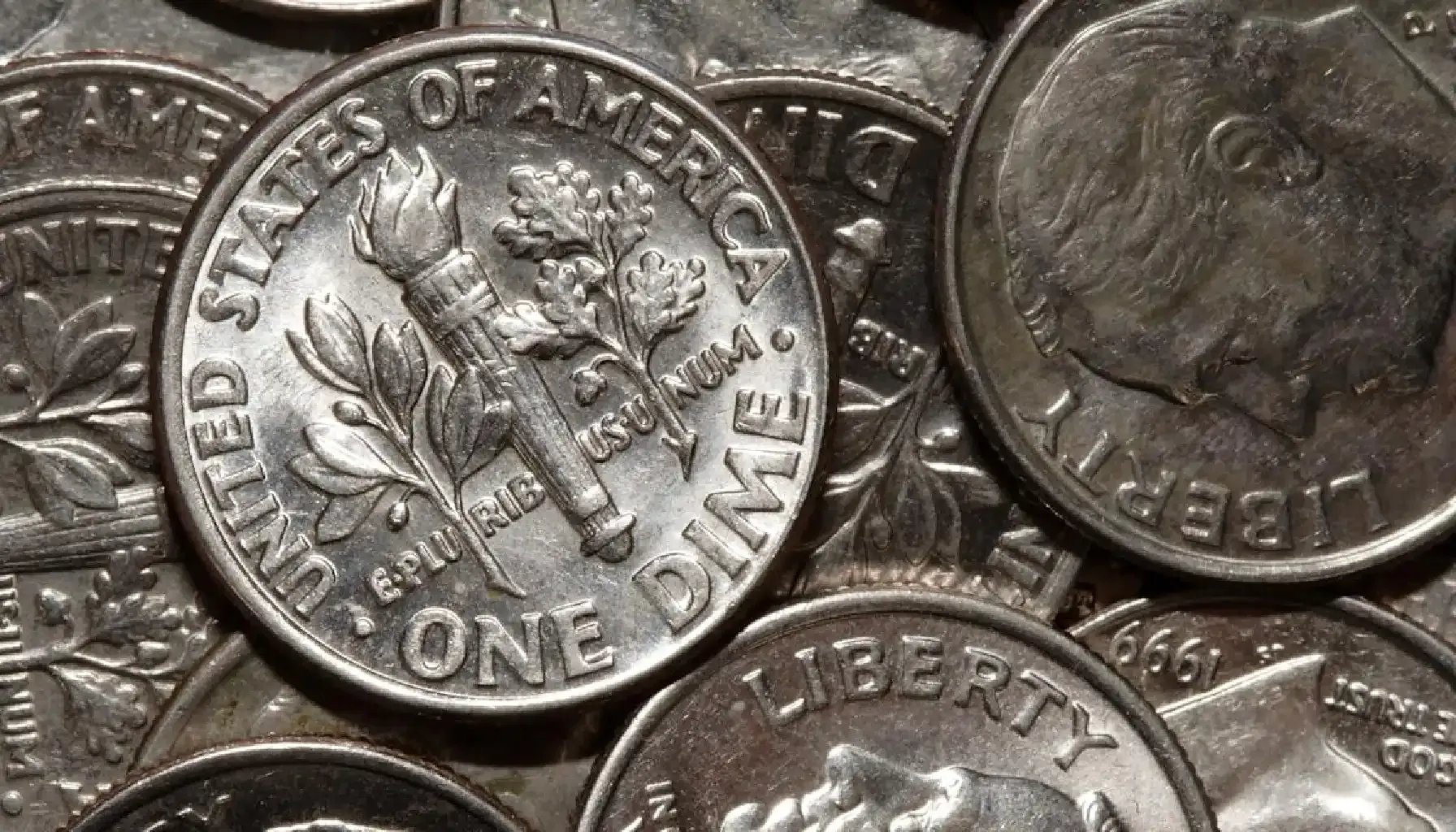Contents:
- Step 1. Who Seek Shall Find: Organize and Analyze Your Collection
- Step 2. Your Money Makes Money: Assess the Condition
- Step 3. Not All That Glitters Is Gold: Consider the Rarity, Historical Value, and Metal of Your Coin
- Step 4. A Penny in Your Pocket: Research Market Value
- Step 5. How Do You Know If Your Coins Are Worth Anything? Leave It to the Experts
- Your Collecting Art
For most people, coins are just small pieces of metal. For others, though, these are unique relics that can tell more about the history, culture, and economy of different eras; an investment that may grow a decent capital over time.
Accurate estimation of the coins is one of the biggest mysteries for collectors and investors. How to know what coins are valuable? Well, it is not just a science, but an art that requires attention to detail, patience, an understanding of the market, and coin identifiers by your side. Explore reliable tips and follow the steps below.
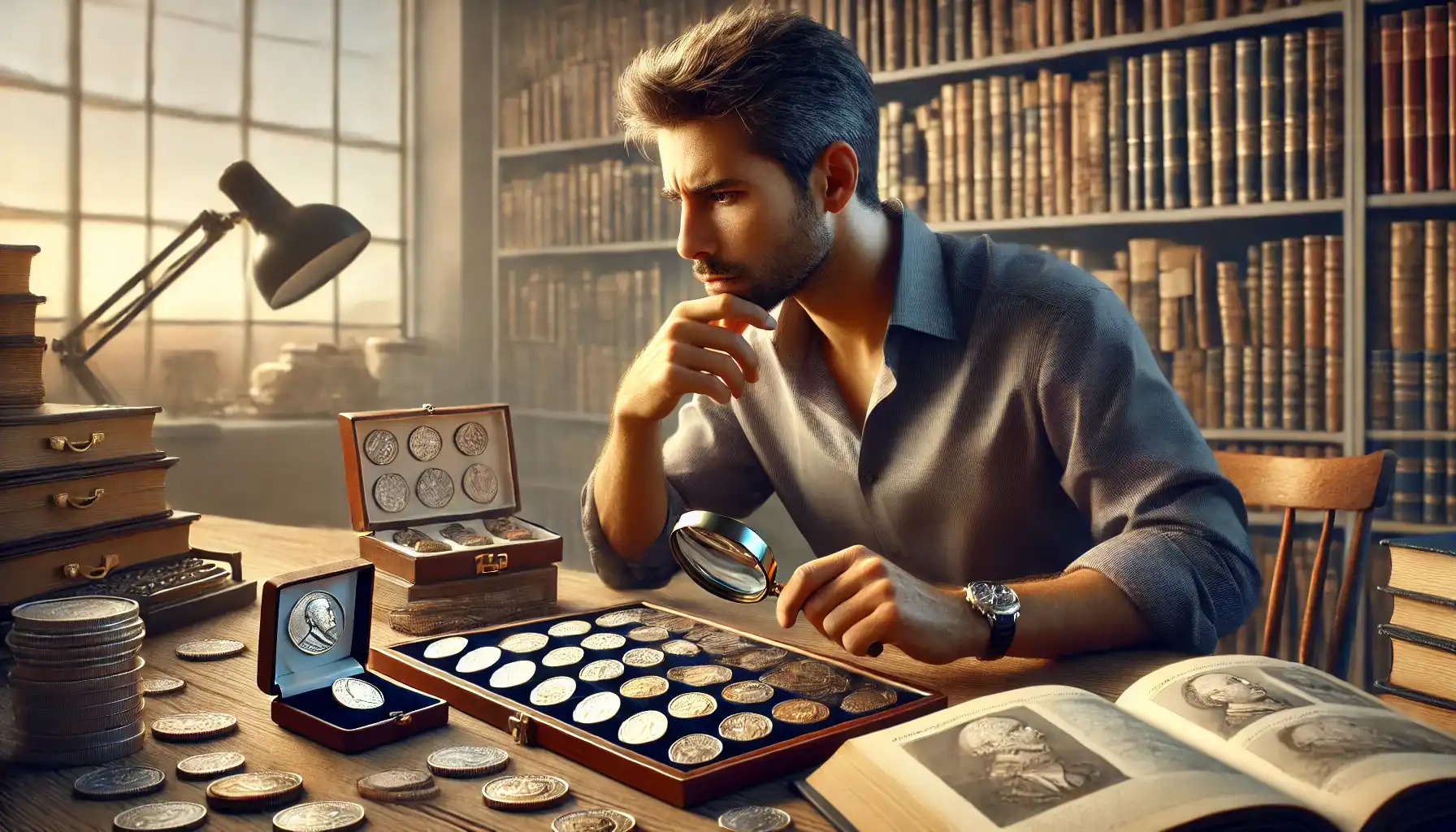
Step 1. Who Seek Shall Find: Organize and Analyze Your Collection
How to check if a coin is valuable? Start with the basics. Firstly, you need to understand what kind of numismatic creation you have and pay attention to the slightest details. Keep in mind that the same instance from different years of mintage may represent completely different periods of history or currency reforms.
When systematizing all your treasures, you can focus on the following features:
Country of Origin (i.e., where the coins were issued).
Year of Issue (i.e., which historical periods they represent).
Denomination, Purpose, and Composition.
Special Features and Rarity (e.g., coins with unusual minting errors or rare varieties).
Let us say we are the lucky owners of a sample depicting Queen Victoria. So, how do I know if my old coins are valuable? Start by checking the year of mintage. To do this, use reference books like the Standard Catalog of World Coins, the Red Book, or any other reputable publication that covers coins from different eras and countries.
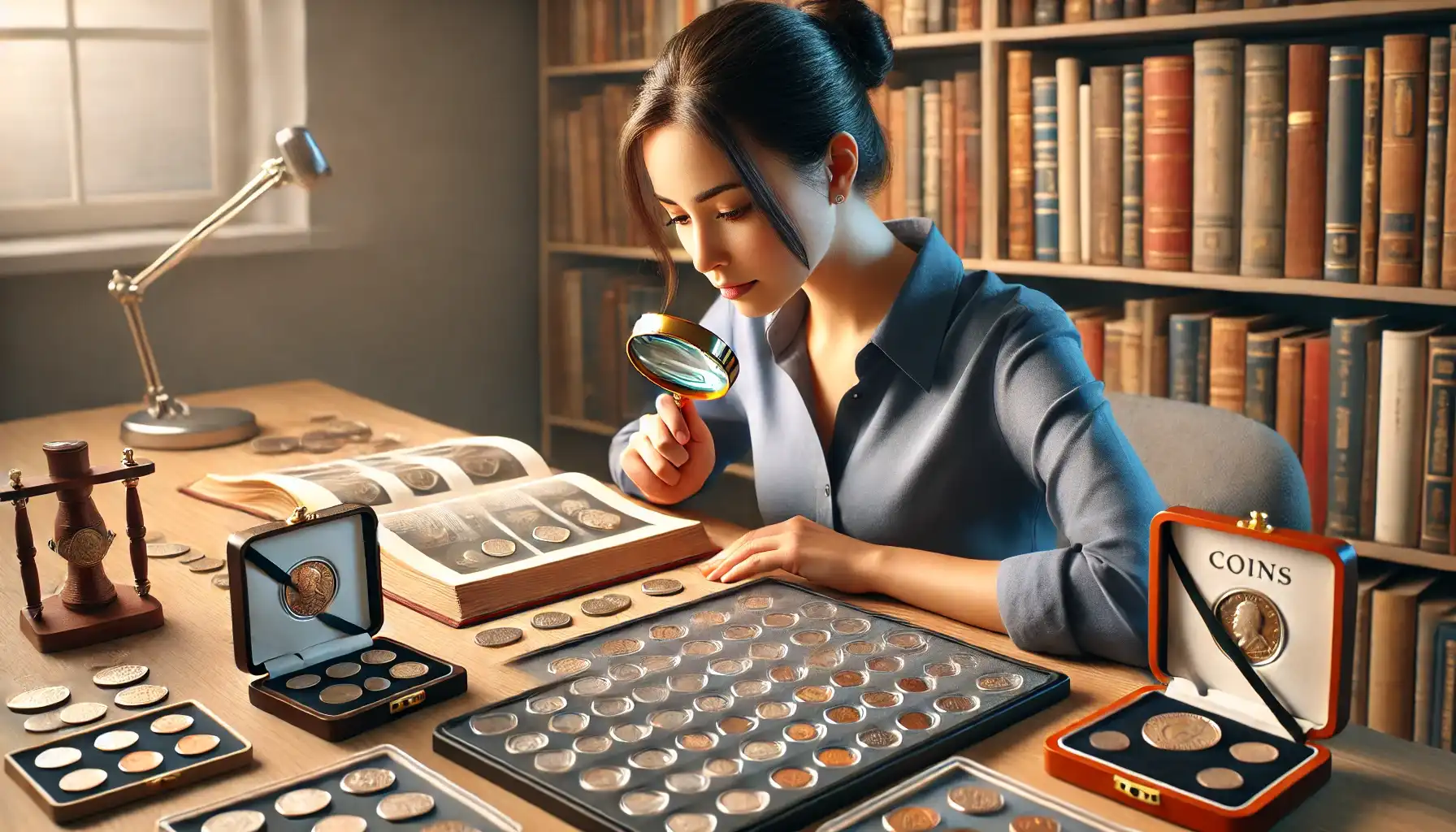
Pro Advice: Use Digital Tools
Make use of the features and benefits of digital tools like Coin ID Scanner to easily identify coins, recognize their key features and value, organize your collection, enter data about each item, etc. No more handwritten spreadsheets and endless Google searches. Save your time and get all the useful information in two clicks.
Step 2. Your Money Makes Money: Assess the Condition
So, how do you know if coins are valuable? The next step is to thoroughly check its state. The condition of a coin, or its “grade” is the most important factor that directly affects its value. Grades can be assigned according to different scales and grading systems, but the most popular is the Sheldon Scale:
Poor (P-1): Almost non-distinctive features, badly worn.
Good (G-4): Outlines of the design are visible but badly erased.
Fine (F-12): Some details lose clarity, but major features are still recognizable.
Very Fine (VF-20): There are light signs of wear at the highest points.
Extremely Fine (EF-40): Light signs of wear, all parts are visible.
Uncirculated (MS-60 and more): No signs of wear, the coin looks new.
Additional Advice: Use a magnifying glass with a 5-10x zoom and good lighting. Be especially careful to check the edges and the most convex elements of the image, as this is where wear is most noticeable.
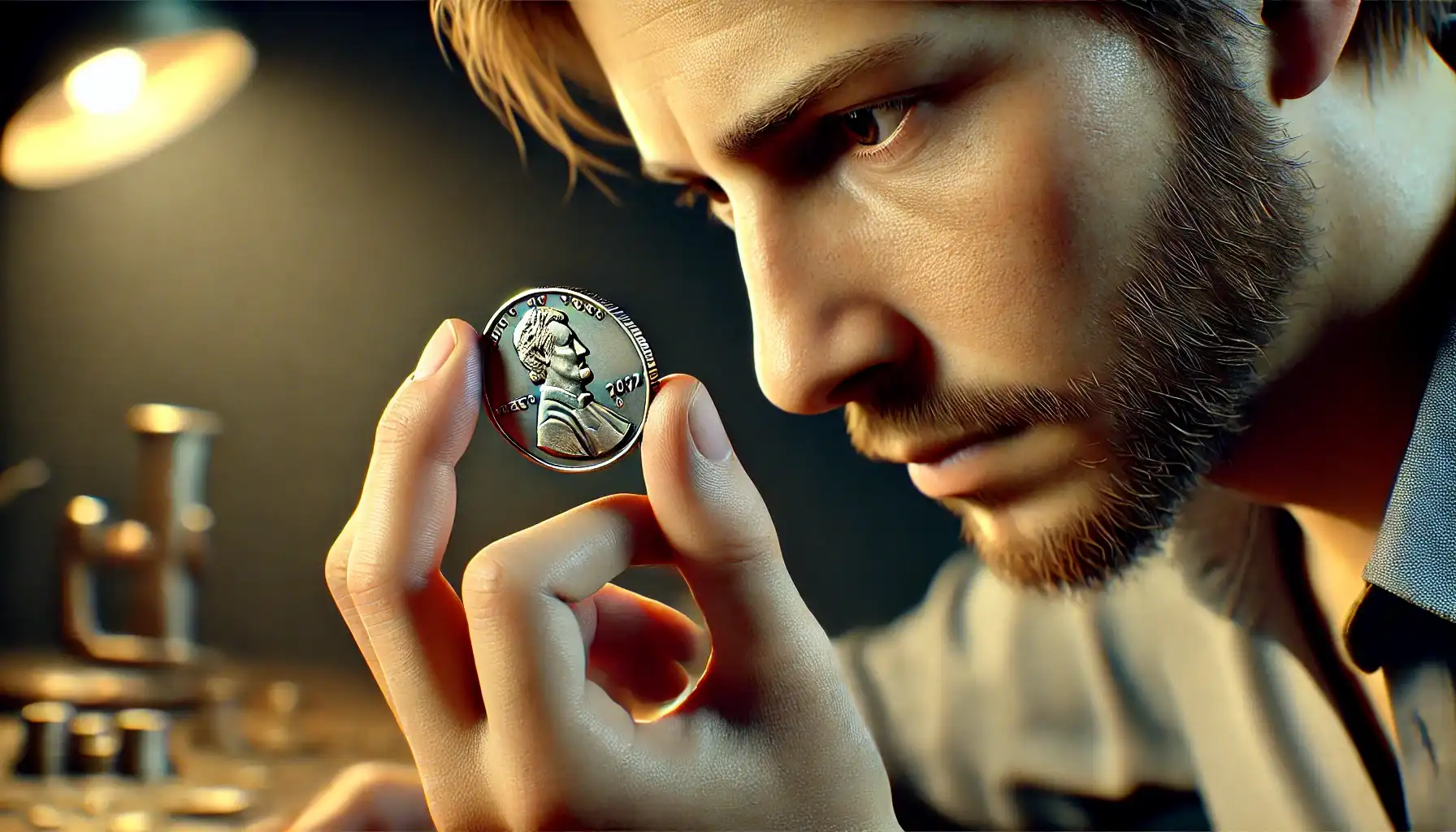
Step 3. Not All That Glitters Is Gold: Consider the Rarity, Historical Value, and Metal of Your Coin
Rarity
The rarity of the coin is determined by the number of copies issued and their preservation to the present day. For example, the value of the Russian ruble of 1898 can significantly exceed the face value, especially if the coin is in excellent condition and issued limitedly.
Historical Value
Coins associated with historical events or significant figures often bear additional value. For example, an Anniversary Coin dedicated to the 50th anniversary of victory in World War II may be of particular interest to collectors who are fascinated by military history.
Composition
The value of a gold, silver, or platinum coin may depend on the current precious metal rates. However, ordinary copper or nickel units of currency can also be expensive if they are rare and sought-after by collectors. For instance, a silver coin from the USSR can cost several hundred dollars if made during the post-war years. Here is the current state of the market as of March 2025:
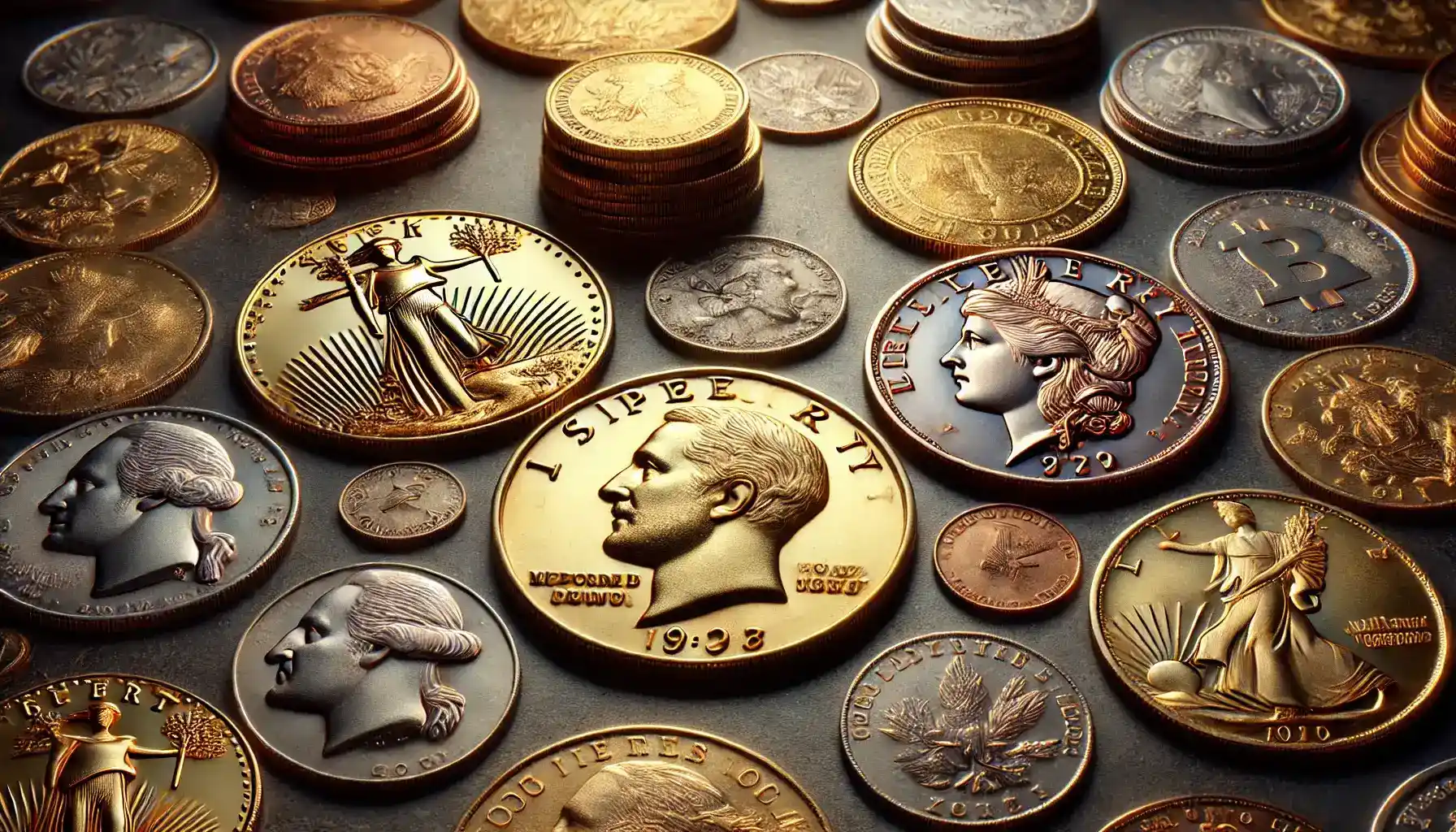
Step 4. A Penny in Your Pocket: Research Market Value
How do you know if coins are worth anything? The answer is simple – determine the market value, i.e., the price or the amount the item can be sold for at the moment:
Explore auction sites like eBay, Heritage Auctions, NumisBids, and GreatCollections where you can find completed and ongoing auctions with prices for similar coins.
Join discussions on collector forums, e.g., CoinTalk. Up-to-date prices and tips are often shared there.
Use catalogs like Krause, Standard Catalog of World Coins, or past records like the list of double die pennies to answer how to check if your coins are valuable and provide relevant prices.
*Platforms may apply commissions and fees. Take this fact into account when calculating the final price.

Step 5. How Do You Know If Your Coins Are Worth Anything? Leave It to the Experts
If you are not sure about the authenticity or its value, you can always turn to professional numismatists. An expert can conduct an examination and issue a certificate, which is to boost the initial value of the item.
For example, a rare 17th-century gold ducat was sold at auction for $5,000 after certification, while uncertified specimens usually cost $3,000-$3,500. Nevertheless, consider certifying only the rarest and most expensive instances, as this is a paid service that may not be profitable for common issues.
Your Collecting Art
Remember that the process of coin collecting requires patience, understanding of nuances, attention to detail, and a little bit of intuition. Anyway, treat your hobby with love and interest, and it will bring pleasure and material fruits in the future.

